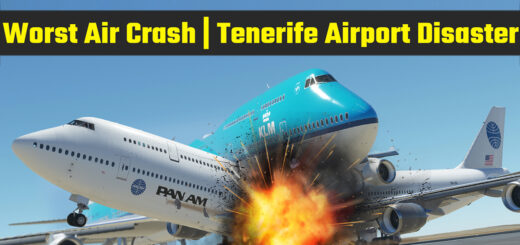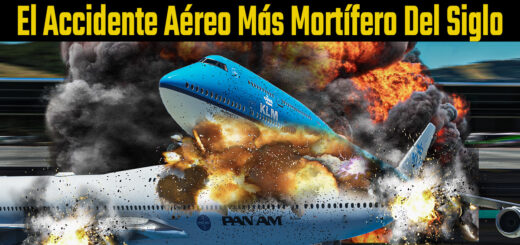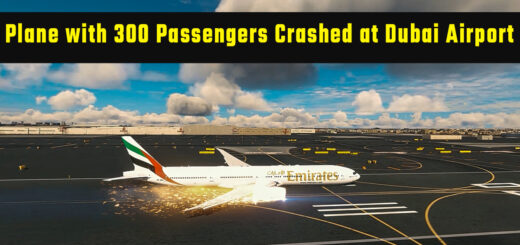How Did Two Planes Nearly Collided On Runway | Collision Escape on Runway | Plane Misses On Runway
by user · November 10, 2022
INTRODUCTION
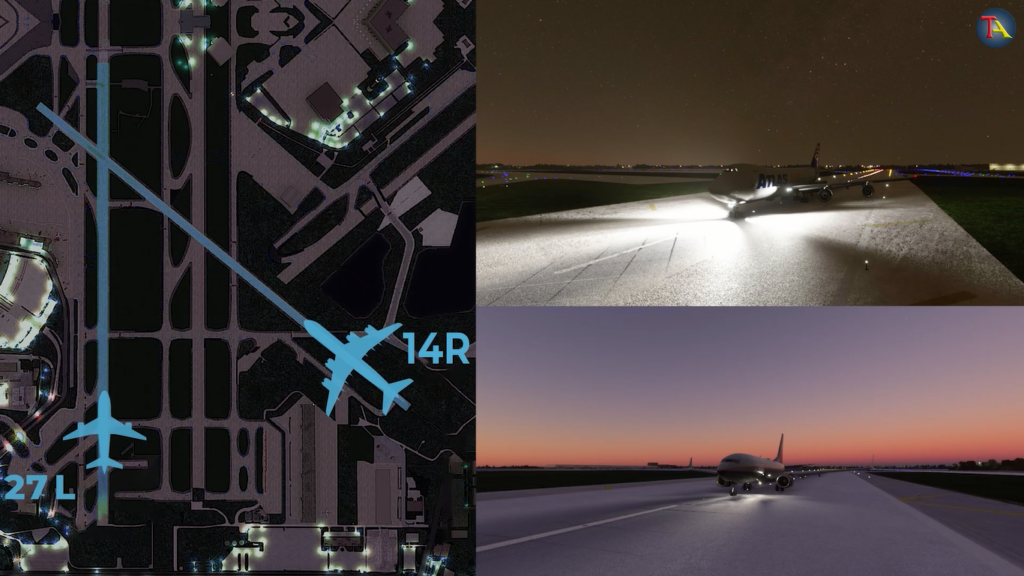
On July 23, 2006, a major accident occurred at Chicago Airport, where two planes were about to collide on the same runway. Many people would have lost their lives if this accident had happened. What was the reason behind the accident? Why was the life of so many people put in danger? Let us discuss in detail.
Case Study
Chicago’s O’HARE INTERNATIONAL AIRPORT is the 6th busiest airport in the world.
On July 23, 2006, at O’HARE Airport in Chicago, a Boeing 737 airplane was preparing to take off for Denver International Airport in Colorado.
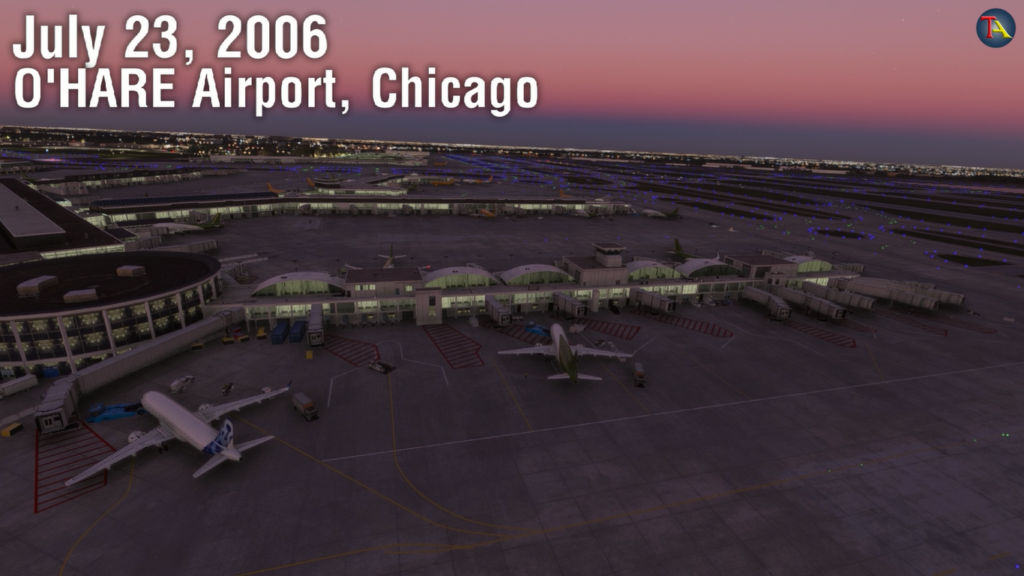
This was flight number 1015 of the United airline, which was scheduled to fly to Chicago airport at 9:45 pm. The 322 model of the Boeing 737 series, was approximately 19 years old, with the registration number N315UA.
The flight was carrying 127 people including 120 passengers & seven crew members. It was a routine flight, and all ground checks of the aircraft were completed on time before take-off. Everything was going on as usual.
At the same time, Atlas airline flight 6972 was preparing to land at DENVER international airport after completing its 9-hour flight from Frankfurt airport in Germany.
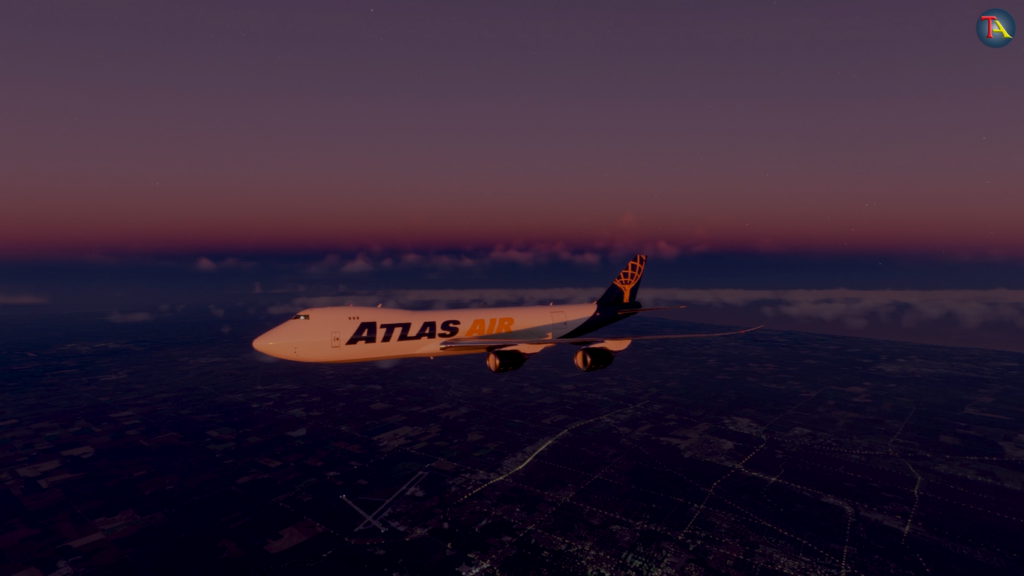
This aircraft is the 47UF model of the Boeing 747 series. Its registration no. was N418MC. This was a reasonably new aircraft that was only four years old. There were 4 CREW MEMBERS onboard.
Due to some special events, the flight crew approached Chicago O’Hare Airport runway 14R for landing. As already established, since O’Hare airport is the busiest, its control tower is divided into two or more parts to accommodate for the load.
The first tower is NLC, i.e., North Local Control, and the second tower is SLC, i.e., South Local Control. However, on that fateful day, the North Local Control Tower was closed. Hence, the responsibility of landing and take-off of the planes on both the 14R and 27L runways was of the South Local Control tower.
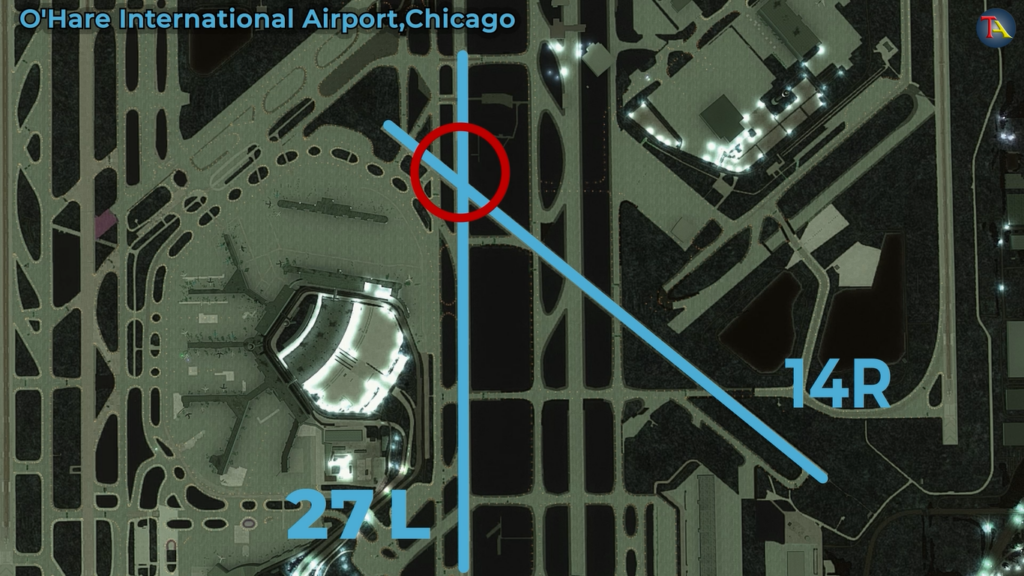
With the increase in workload, the South local control tower needed two additional controllers to guide the flights of the North local control. The two additional controllers would determine the position of the Electronic Flight Strip Transfer System (i.e., EFSTS) and the Local Monitor (i.e., LMN).
After completing all the ground checks at the airport, the United Airlines flight was making final preparations for take-off. On that day, they had highly favourable weather conditions, and the visibility was also very good.
At the same time, at around 9:57 pm, the ATLAS airline’s flight crew made initial contact with the South local controller tower for landing permissions.
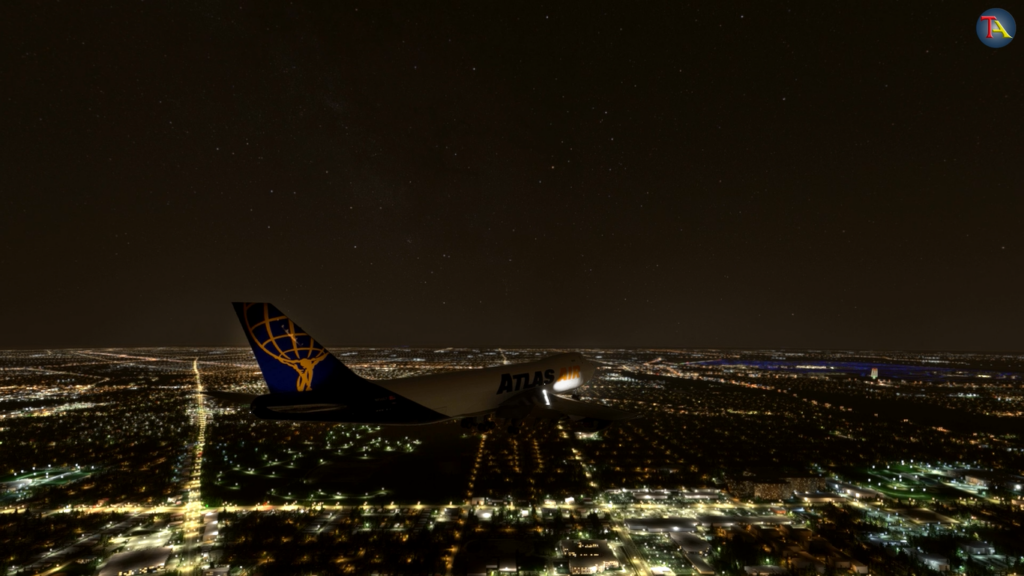
The South Controller Tower gave ATLAS Airline permission to land on Runway 14R. The controller informed the flight pilots that the runway would be cleared before landing. Following the usual flight landing procedures, the controller also provided all the information regarding wind positions and direction to the flight pilots.
On the one hand, where ATLAS airline was preparing to land, United Airlines flight Boeing 737 reached runway 27L and was all set to take off.
The United Airlines flight, ready for take-off from runway 27L, requested the controller to give them two more minutes to complete its pre-take-off checklist and received a green signal for the same
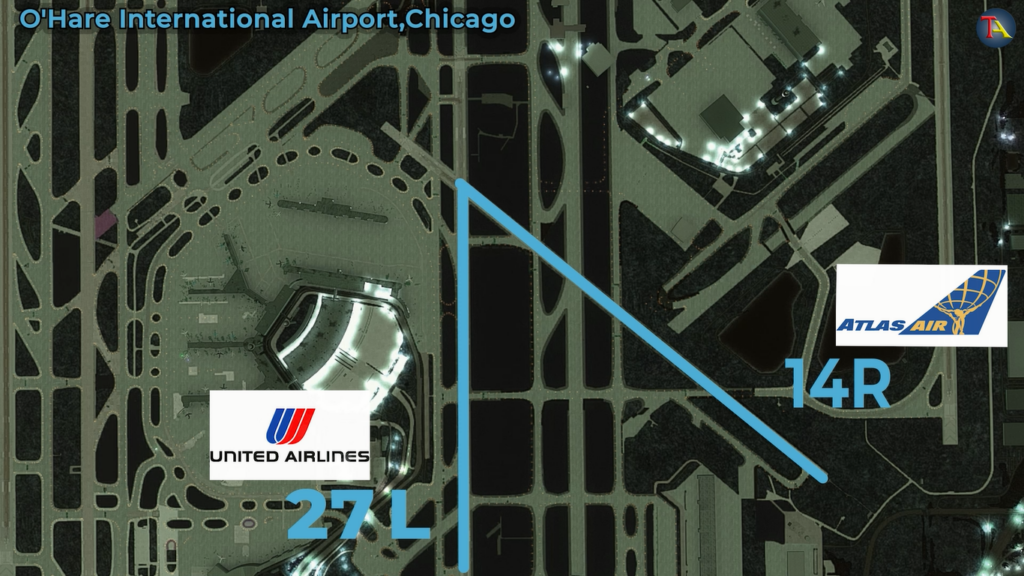
The two runways, 14R and 27L intersect at a point. However, this fact was not considered by the controllers managing the take-off and landing of fights.
On the one hand, the Atlas Airline flight is approaching runway 14 R for landing. While on the other, the United Airlines flight on runway 27L was not yet fully ready for take-off. It’s very common to run out of time when you’re on the runway and aren’t ready to leave yet.
The Atlas airline flight was approaching runway 14R at a speed of 3 mph. On the other hand, the United airline flight was now making final preparations for take-off. Both aircraft were now supposed to land and take off at the same time. United flight wanted to coordinate the third local controller board to get information about the remaining departures from runway 27L.
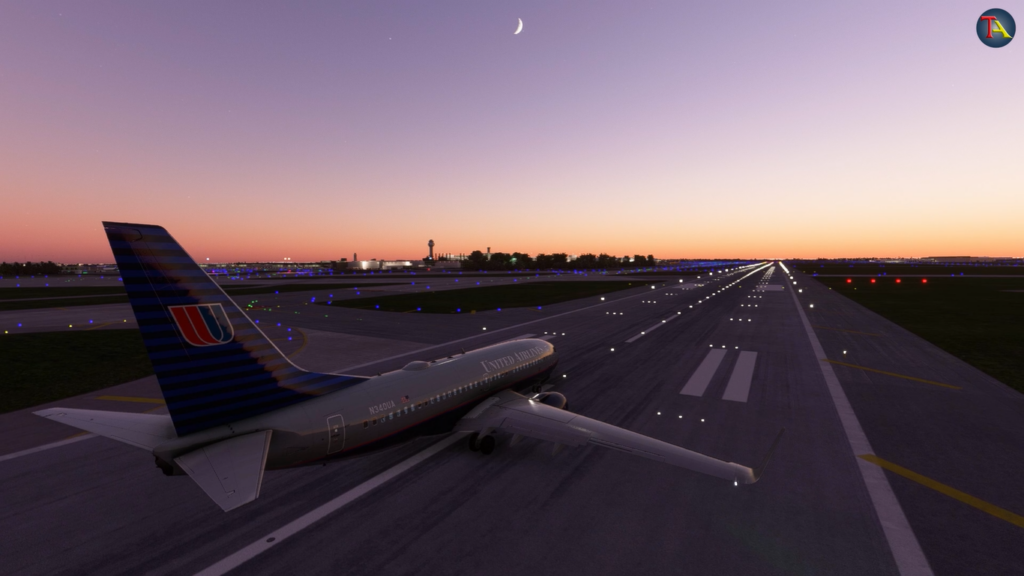
Due to the extra overload, the tower controller was facing distractions and likely, was confused. In all these confusing moments, the controller looked at the local flight board so that he could check all the flights taking off from runway 27L. Being a busy airport, at that time, many flights were requesting to take off from runway 27L.
The Atlas airline flight was the last flight to land that night. Due to this, the flight was clearly visible on the D – BRITE display system. D – BRITE, i.e., Digital Bright Radar Indicator Tower Equipment, is an AI system that shows all the flights flying around the airport on a single display.
Since Atlas airline flight was the last flight to land that night, the controller diverted his attention to only the flights that were to take off. The controller was busy handling the flights taking off after checking his flight board. It was then, the controller realized that another Aircraft was ready for take-off from runway 27L. At about 10.20 am, while the controller was trying to manage it all, a United Airlines flight waiting on runway 27L finally made a take-off request.
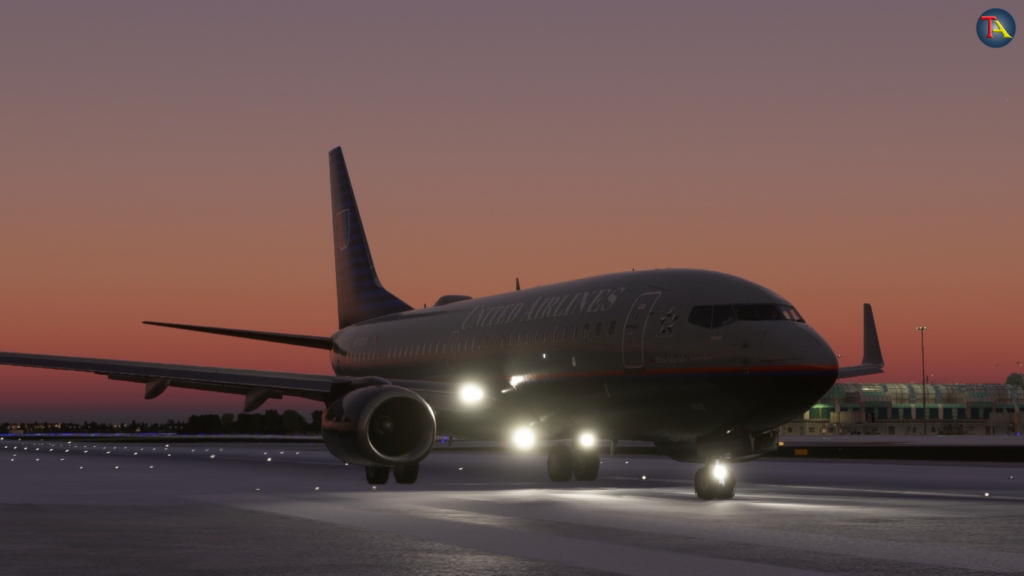
The controller checked runway 14R from his window to confirm that there were no other flights there. The controller then analyzed the positions of all flights that had just taken off from the airport to check that there was no flight turbulence around the airport. After checking all these factors, the controller granted permission to United Airlines to take off from runway 27L. All the decisions were to be made in a jiffy. The events were likely to leave the controller confused.
The controller then informed the United Airlines flight about the wind situation and finally gave permission for take-off. Within seconds, the United Airline flight starts moving on the runway for take-off. At the exact same time, the Atlas airline flight lands on runway 14R. Both planes start moving towards each other at a very high speed.
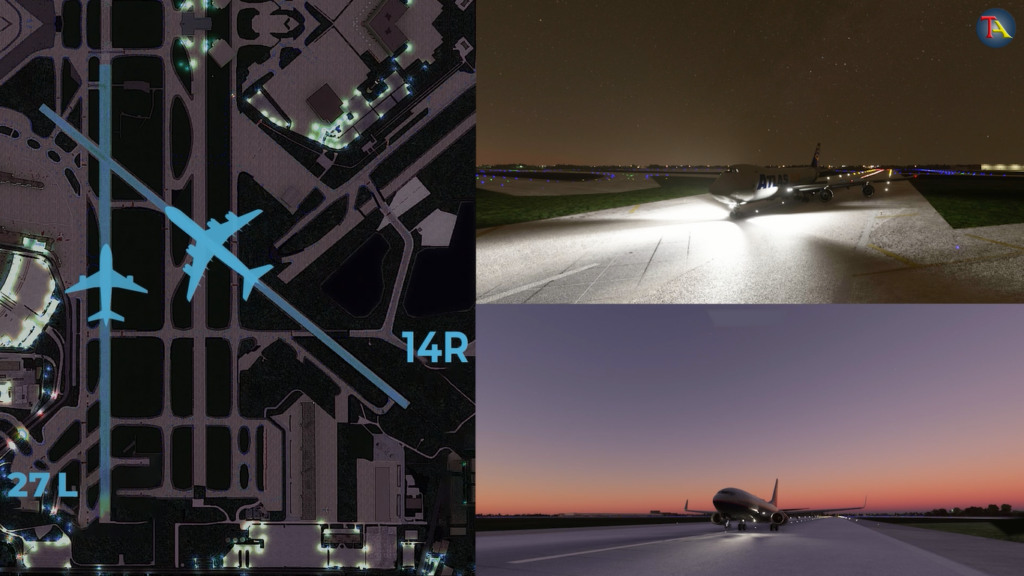
The United Airlines flight was proceeding on the runway for take-off speed of around 110 knots. Then the captain saw an Atlas airline flight coming from runway 14R. The captain said that it did not seem like the airplane was going to stop. The Atlas Airline flight was moving at a speed of about 15-20 Knots at that time.
The captain of United Airlines was convinced that it was not possible to stop the take-off at this speed. And even if they try to stop, the plane will still collide with Atlas airline flight. So, the captain continues the take-off and increases the speed of the plane. Alternatively, the captain could lower his take-off speed and turn the plane to the right. However, there were a lot of poles on the right side of the runway, and the captain was sure that doing so would cause the plane to crash.
At that time, the plane had full fuel, and if that crash had caused the plane to catch fire, it was impossible for the passengers to survive. That is why the captain chose to increase the take-off speed. The Atlas Airline plane was still moving towards them.
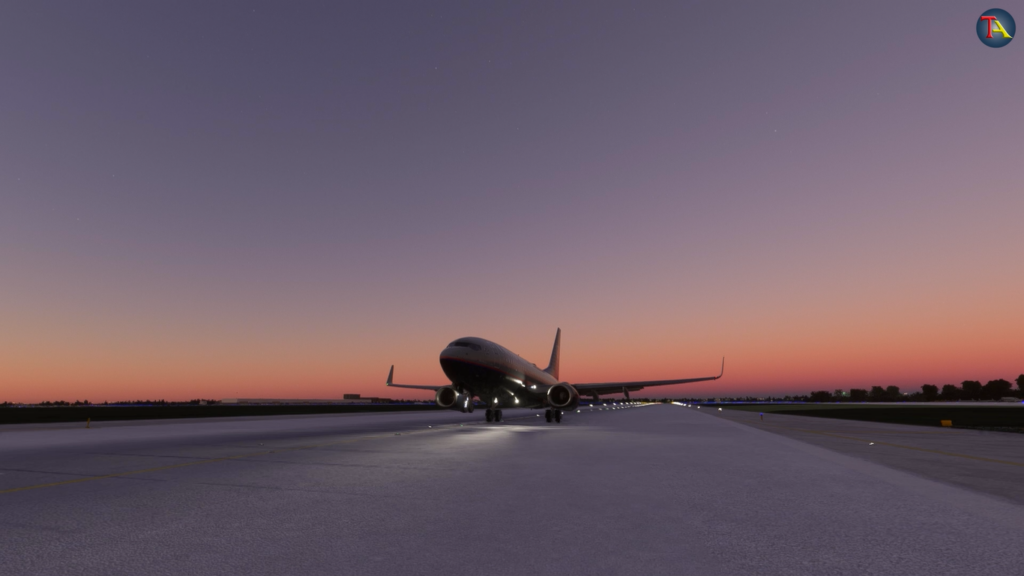
The captain of United Airlines now decides that he has to take off the plane early to avoid this collision. Therefore the captain increases the rotation speed of the plane. The work of rotation speed is to lift the nose of the plane upwards and take it off the ground. The captain now starts the rotation before the required speed so that the plane can take off as quickly as possible.
Unfortunately, all this was happening very fast, and the two planes could collide at any time. The Atlas airline plane had reached the middle of the runway by then. Had Both Planes Collided, hundreds of people would have lost their lives. By then, the controller from the ATC tower had also seen both planes coming toward each other. The controller triggers the radio and screams, Stop! Stop! Stop!
And a few seconds before the disaster, the United Airlines plane takes off from the deck of the Atlas airline, and a major accident is avoided. After take-off, the United Airlines captain questioned the controller that why did the Atlas airplane not stop before their take-off runway. To this, the captain of the Atlas airline replied that they were not informed by the controller about this.
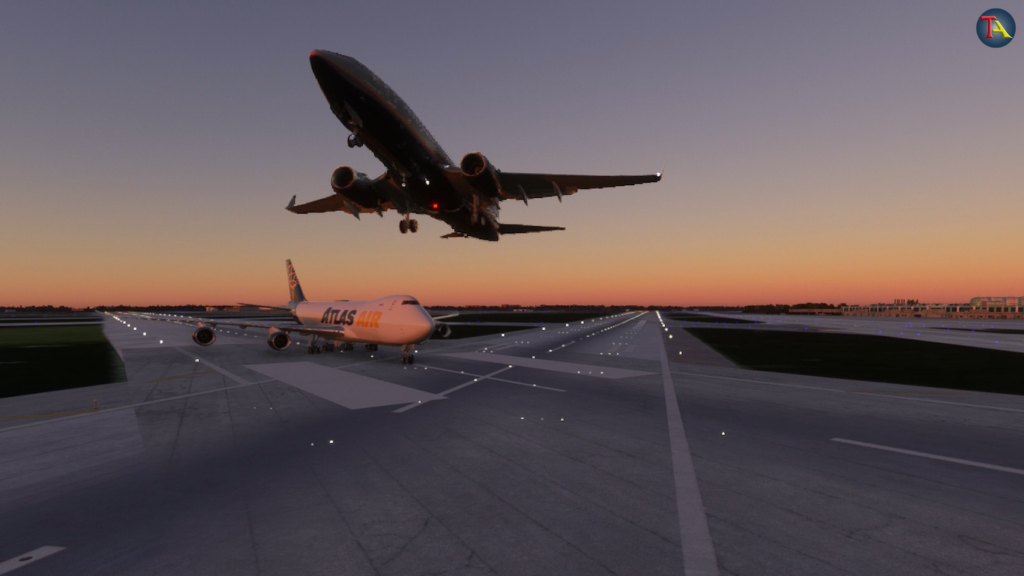
Later, the NTSB reported that both the planes avoided colliding with each other by a distance of only 35 feet. This incident was the most dangerous incident of 2006 for O’Hare Airport, in which hundreds of passengers could have lost their lives. The NTSB also said that the accident was averted only because of the United Airlines captain’s wits and good luck. However, good luck is not always by your side!
The National Transportation Safety Board investigated the accident and submitted its final report on December 14, 2007. In its report, the NTSB said that the main reason for the accident was that the ATC controller could not properly monitor the flight of Atlas Airlines and did not anticipate that the two flights could collide on the runway.
The NTSB also ordered the FAA to install a new type of status light on the runway so that even if the controller did not pay attention, the pilots could reasonably anticipate situations like this. The RED LIGHT in the middle of the runway warns the pilot to thoroughly check around the runway before landing or take-off.

